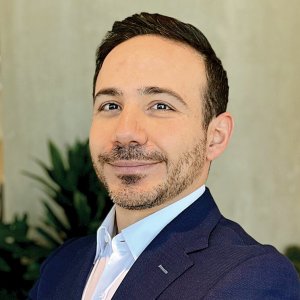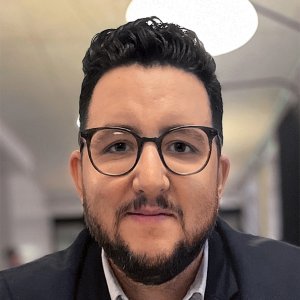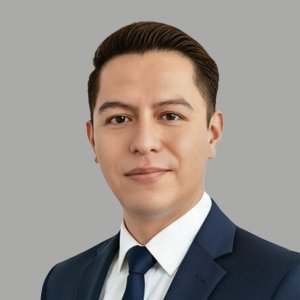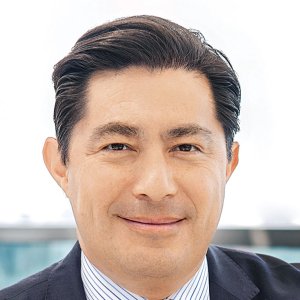Coding to Become the New English

STORY INLINE POST
Q: What makes BYJU’s Future School an attractive proposition?
A: BYJU’s aims to educate as many people as possible and to become the largest education platform in the world. Nowadays, kids consume media most of the time through their cellphones, TVs, video games and other screens. We want to change this trend and help children to become creators instead of consumers, which is reflected in our company motto: What better way to do it than through coding lessons?
Q: How do the fundamentals of programming empower incoming generations to “become creators of technology rather than consumers”?
A: The basics of coding teach kids a lot about logic, creativity, problem solving and sequential thinking. At BYJU’s, those skills are learned through fun activities that involve coding. We typically see the output of coding through mobile apps, video games or websites. Through BYJU’s, children receive training in logical thinking and problem solving that helps them to shift their mindset to become creators, which is in line with the entrepreneurial mindset that Mexico needs.
We are mostly focused on coding since it brings so much innovation to the market. We also have a better opportunity to leverage our presence in the educational world. BYJU’s has existed for 11 years during which it has gradually acquired different businesses with an emphasis on education ranging from tech, mathematics and English.
Q: How has the educational model adapted to the Mexican and Latin America market?
A: At first, all classes were in English for our Indian students. Later, we launched BYJU’s in English-speaking countries, including the US, the UK, Australia and New Zealand. However, our founder believes that Latin America should become a stronghold for the company.
A great deal of work has had to be done to achieve this because it involves audits and tests before going live. We also had to change to the metric system, translate the program and do different evaluations and demos with children.
Q: What does it mean in practice when BYJU’s says it employs a “hands-on, interactive curriculum that encourages creative learning and innovative results?”
A: The hands-on part is key and we have four points that help BYJU’s ensure this type of learning. First, we have our own methodology that was built from scratch in our headquarters in India and later adapted to every region. Second, we use our own technological platform for video chats with teachers. Third, we use a synchronous model that always ensures that there are live sessions, so that both the educator and student can continue the process as they would in school. Fourth, we have two models: one with a one-on-one approach and the other with one teacher for six students, making it easier to maintain control of the class while simultaneously providing more personalized attention.
Q: Has the traditional education model become obsolete?
A: No. The traditional education system has not changed at the same speed at which the world has moved but children still need to go to school to develop social and soft skills. This should not change. BYJU’s is not here to replace the traditional model. We are focused on offering after-school programs to allow children to learn more.
Q: Will the students passing through the traditional education model be prepared for the labor market of tomorrow?
A: If we continue on the current path, many kids in Mexico will not be as prepared as in other regions. In the coming years, many jobs will change. By 2025, over 80 million jobs are expected to be lost globally but more than 90 million new jobs will be created. The common denominator in these two phenomena is technology, which is directly linked to learning how to code.
If Mexico and Latin America do not react now, the gap with Asia, the EU and the US will become even greater. We have to take advantage of the offerings and methodologies that we have available in Mexico.
Q: What is your assessment of Mexico’s appetite for EdTech as opposed to neighboring countries?
A: There are evident differences. First, parents sometimes do not understand what coding is and what it is for. Most of the time, parents just pay for the course, no questions asked. Our major challenge is to teach those parents what coding is. Parents in other countries, such as Chile, are more acquainted with coding and understand that it is the new English and thus essential for a child’s future.
Q: How is BYJU’s Future School making itself accessible to low-income students in Mexico?
A: We understand that the current cost of the school might not be accessible to the entire population, so we have been putting a great deal of effort into scholarships. We have a couple of large projects in the pipeline to increase the number of scholarships available, which have amounted to about 220 in the past 18 months.
Q: BYJU’s has experienced significant growth and recently inaugurated operations in Colombia. Does the company have ambitions to continue expanding in Latin America in 2023?
A: Right, we have quickly expanded from Mexico to Colombia, Peru, Chile and proximately Argentina. We also plan to increase the number of available courses on the platform, opening English courses and boosting math while simultaneously changing our approach to offer a more modular system. Finally, we will add more options for taking these courses. We are still evaluating whether we will have more children in each class or offer an asynchronous program but we certainly will grow our current offering.
BYJU’s Future School is an online education technology platform for children. It is driven by the ambition to empower future generations to become creators, rather than consumers of technology.

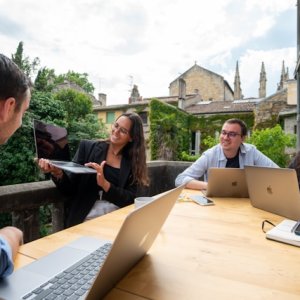



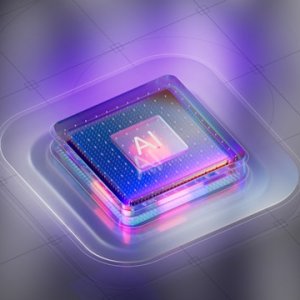


 By Cinthya Alaniz Salazar | Journalist & Industry Analyst -
Mon, 10/17/2022 - 09:54
By Cinthya Alaniz Salazar | Journalist & Industry Analyst -
Mon, 10/17/2022 - 09:54

